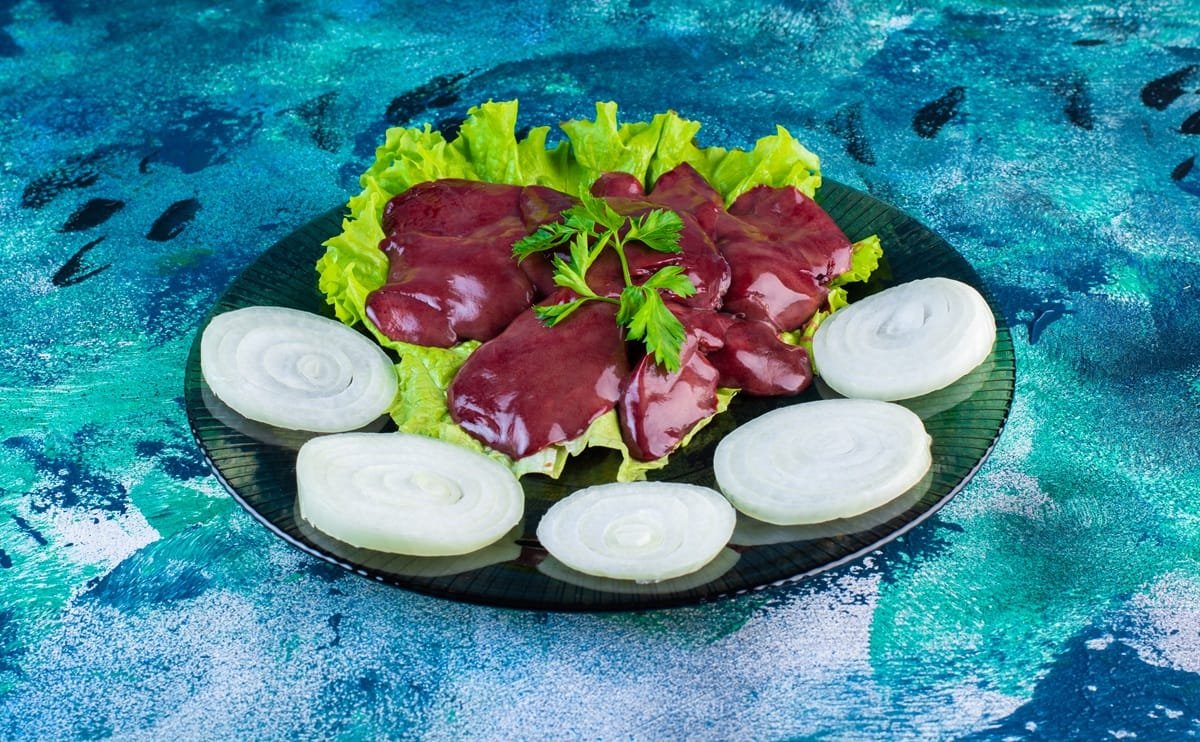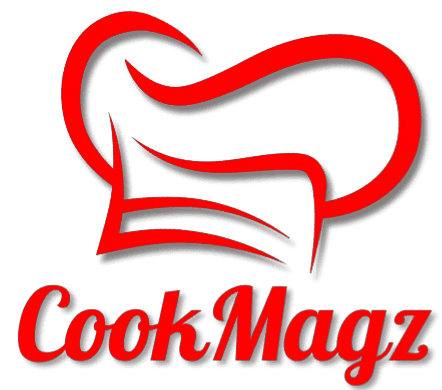Iron-Rich Foods: Which Ones Are Most Similar to Human Hemoglobin?

Hemoglobin and Nutrition: The Complete Guide to Blood-Boosting Foods
Introduction
Hemoglobin, the iron-rich protein that gives blood its red color, serves as the primary oxygen carrier in our body. This remarkable molecule, found within red blood cells, ensures that life-sustaining oxygen reaches every cell and tissue. However, maintaining optimal hemoglobin levels requires specific nutrients, and understanding which foods can support hemoglobin production is crucial for overall health.
Understanding Hemoglobin
What is Hemoglobin?
Hemoglobin is a complex protein containing four protein subunits, each with an iron-containing heme group that can bind to one oxygen molecule. This unique structure allows a single red blood cell, containing approximately 270 million hemoglobin molecules, to transport about one billion oxygen molecules.
According to the National Institutes of Health (NIH), normal hemoglobin levels typically range from:
- 13.5-17.5 g/dL for men
- 12.0-15.5 g/dL for women
Why is Hemoglobin Important?
Hemoglobin’s primary function is oxygen transport, but it also:
- Helps maintain the shape of red blood cells
- Contributes to proper blood viscosity
- Assists in regulating acid-base balance in the blood
- Transports a small percentage of carbon dioxide from tissues back to the lungs
Essential Nutrients for Hemoglobin Production
Iron: The Core Component
Iron is the central element in hemoglobin’s structure. According to the World Health Organization (WHO), iron deficiency is the most common nutritional disorder worldwide and a leading cause of anemia.
There are two types of dietary iron:
- Heme Iron: Found in animal products, heme iron is more readily absorbed by the body (absorption rate of 15-35%)
- Non-heme Iron: Found in plant foods, non-heme iron has lower bioavailability (absorption rate of 2-20%)
The Food and Drug Administration (FDA) recommends daily iron intake of:
- 8 mg for adult men
- 18 mg for adult women (premenopausal)
- 27 mg for pregnant women
Vitamin B12: The Red Blood Cell Developer
Vitamin B12 plays a crucial role in red blood cell formation and DNA synthesis. A deficiency can lead to megaloblastic anemia, characterized by larger but fewer red blood cells. The Harvard Medical School notes that B12 deficiency can cause permanent nerve damage if left untreated.
Folate (Vitamin B9): The Cell Division Facilitator
Folate works synergistically with vitamin B12 to produce red blood cells. According to Johns Hopkins Medicine, folate deficiency affects cell division and can result in anemia characterized by large, structurally abnormal, immature red blood cells.
Vitamin C: The Iron Absorption Enhancer
While not directly involved in hemoglobin production, vitamin C significantly enhances the absorption of non-heme iron. Research from the American Journal of Clinical Nutrition has shown that consuming vitamin C alongside iron-rich foods can increase iron absorption by up to 300%.
Copper: The Unsung Hero
Copper aids in iron metabolism and is necessary for the incorporation of iron into hemoglobin. According to the National Academy of Medicine, copper deficiency can impair iron absorption and utilization, potentially contributing to anemia.
Foods That Boost Hemoglobin Levels
Top Animal Sources
1. Liver: Nature’s Multivitamin
Liver, particularly from beef, is arguably the food nutritionally closest to hemoglobin itself. It contains:
- High amounts of heme iron (the most bioavailable form)
- Abundant vitamin B12
- Significant amounts of folate
- Copper and other trace minerals
According to the USDA Food Data Central, a 3-ounce (85g) serving of beef liver contains:
- Iron: 5.2 mg (29% of Daily Value)
- Vitamin B12: 70.7 mcg (1,178% of DV)
- Folate: 221 mcg (55% of DV)
- Copper: 9.8 mg (489% of DV)
2. Red Meat
Lean red meats such as beef and lamb are excellent sources of highly bioavailable heme iron. Research from the American Society for Nutrition indicates that the iron in red meat is absorbed at a rate 2-3 times higher than iron from plant sources.
3. Shellfish
Clams, oysters, and mussels are exceptional sources of iron, vitamin B12, and copper. The National Oceanic and Atmospheric Administration (NOAA) notes that oysters contain more zinc per serving than any other food.
4. Poultry
Dark meat from chicken and turkey provides moderate amounts of heme iron and B vitamins. The Academy of Nutrition and Dietetics recommends including poultry as part of a balanced diet for maintaining healthy hemoglobin levels.
5. Fish
Fatty fish like salmon, mackerel, and tuna provide heme iron along with omega-3 fatty acids that support overall cardiovascular health. According to the American Heart Association, consuming fatty fish twice weekly provides cardiovascular benefits that complement healthy blood function.
Top Plant Sources
1. Legumes
Lentils, chickpeas, beans, and peas are rich in non-heme iron and folate. The Harvard T.H. Chan School of Public Health recommends legumes as excellent protein alternatives for vegetarians and vegans concerned about iron intake.
2. Dark Leafy Greens
Spinach, kale, collard greens, and Swiss chard contain significant amounts of non-heme iron and folate. According to research from the Mayo Clinic, regularly consuming dark leafy greens can help maintain healthy hemoglobin levels.
3. Whole Grains
Quinoa, amaranth, oats, and fortified cereals provide iron, B vitamins, and minerals. The Whole Grains Council notes that whole grains contain 80% more iron than refined grains.
4. Dried Fruits
Dried apricots, prunes, raisins, and figs are concentrated sources of iron and various other nutrients. Research published in the Journal of Agricultural and Food Chemistry shows that dried fruits retain most of their iron content through the drying process.
5. Seeds and Nuts
Pumpkin seeds, sesame seeds, flaxseeds, and cashews contain iron, copper, and other minerals. The British Journal of Nutrition has published studies showing that regular nut consumption is associated with higher hemoglobin levels.
Vitamin C-Rich Foods to Enhance Iron Absorption
- Citrus fruits (oranges, grapefruits, lemons)
- Strawberries and kiwis
- Bell peppers
- Tomatoes
- Broccoli
According to the Linus Pauling Institute, consuming just 25-100 mg of vitamin C with iron-rich meals can significantly improve non-heme iron absorption.
Optimizing Iron Absorption
Enhancers of Iron Absorption
- Vitamin C: Consume vitamin C-rich foods alongside iron sources
- Meat Protein Factor: A small amount of meat can enhance non-heme iron absorption from plant foods
- Fermentation: Fermented foods may improve iron bioavailability
- Cooking in Cast Iron: Food prepared in cast iron cookware can increase iron content
Inhibitors of Iron Absorption
- Phytates: Found in whole grains, legumes, and nuts
- Polyphenols: Present in coffee, tea, wine, and some fruits
- Calcium: High calcium intake may temporarily reduce iron absorption
- Oxalates: Found in spinach, chocolate, and rhubarb
Research from the European Food Safety Authority (EFSA) suggests that these inhibitors can reduce iron absorption by 50-65% when consumed alongside iron-rich foods.
Meal Planning for Optimal Hemoglobin Support
Sample Meal Plan
Breakfast:
- Oatmeal with strawberries and a sprinkle of pumpkin seeds
- Orange juice (vitamin C source)
Lunch:
- Lentil soup with spinach
- Bell pepper and tomato salad (vitamin C source)
- Whole grain bread
Dinner:
- Lean beef or liver (3 oz serving)
- Steamed broccoli (vitamin C source)
- Quinoa
Snacks:
- Dried apricots and cashews
- Hummus with red bell pepper strips
Practical Tips
- Timing Matters: Consume iron-rich foods with vitamin C sources and avoid coffee or tea within an hour of meals
- Consider Cooking Methods: Some cooking methods can enhance or diminish the nutrient content of foods
- Combine Food Groups: Mix animal and plant sources of iron when possible
- Be Consistent: Regular consumption of iron-rich foods is more effective than occasional high doses
Special Considerations for Different Groups
Vegetarians and Vegans
Plant-based diets can provide adequate iron, but they require careful planning since only non-heme iron is consumed. The Academy of Nutrition and Dietetics recommends that vegetarians consume 1.8 times more iron than meat-eaters due to lower bioavailability.
Pregnant Women
Pregnancy increases blood volume and iron requirements. According to the American College of Obstetricians and Gynecologists (ACOG), pregnant women need 27 mg of iron daily compared to 18 mg for non-pregnant women of childbearing age.
Athletes
Intense physical activity can increase iron requirements due to increased red blood cell production and iron losses through sweat. The International Society of Sports Nutrition notes that endurance athletes, especially females, should pay particular attention to iron intake.
People with Certain Medical Conditions
Individuals with celiac disease, inflammatory bowel disease, or those who have undergone gastric surgery may have impaired nutrient absorption. The Celiac Disease Foundation recommends regular monitoring of hemoglobin and iron levels for those with malabsorption disorders.
When to Seek Medical Advice
While dietary approaches can support healthy hemoglobin levels, certain situations warrant medical consultation:
- Persistent fatigue despite adequate nutrition
- Pale skin, especially around the gums, nails, and inside the lower eyelids
- Shortness of breath during normal activities
- Dizziness or headaches
- Rapid or irregular heartbeat
The Mayo Clinic advises against self-diagnosing anemia and recommends consulting a healthcare provider for proper testing and treatment.
Conclusion
Hemoglobin, the remarkable oxygen-carrying protein in our blood, depends on a complex interplay of nutrients for its production and function. While liver stands as the nutritional champion most similar to hemoglobin itself due to its rich content of heme iron, vitamin B12, folate, and copper, a varied diet incorporating both animal and plant sources of these nutrients provides the best foundation for optimal hemoglobin levels.
By understanding the nutrients and foods that support hemoglobin production, as well as the factors that enhance or inhibit nutrient absorption, you can make informed dietary choices to maintain healthy blood and overall vitality.
Remember that individual nutritional needs vary based on age, sex, activity level, and medical conditions. When in doubt, consult with a healthcare provider or registered dietitian for personalized guidance.
References
- National Institutes of Health. “Blood Components.” https://www.nhlbi.nih.gov/health/blood/components
- World Health Organization. “Anaemia.” https://www.who.int/health-topics/anaemia
- Food and Drug Administration. “Iron Dietary Supplement Fact Sheet.” https://www.fda.gov/food/nutrition-education-resources-materials/iron-dietary-supplement-fact-sheet
- Harvard Medical School. “Vitamin B12 Deficiency Can Be Sneaky, Harmful.” https://www.health.harvard.edu/staying-healthy/vitamin-b12-deficiency-can-be-sneaky-harmful
- Johns Hopkins Medicine. “Vitamin B12 and Folate Deficiencies.” https://www.hopkinsmedicine.org/health/conditions-and-diseases/vitamin-b12-folate-deficiencies
- USDA Food Data Central. “Beef, variety meats and by-products, liver, cooked, pan-fried.” https://fdc.nal.usda.gov/
- Mayo Clinic. “Anemia.” https://www.mayoclinic.org/diseases-conditions/anemia/symptoms-causes/syc-20351360
- American College of Obstetricians and Gynecologists. “Nutrition During Pregnancy.” https://www.acog.org/womens-health/faqs/nutrition-during-pregnancy

